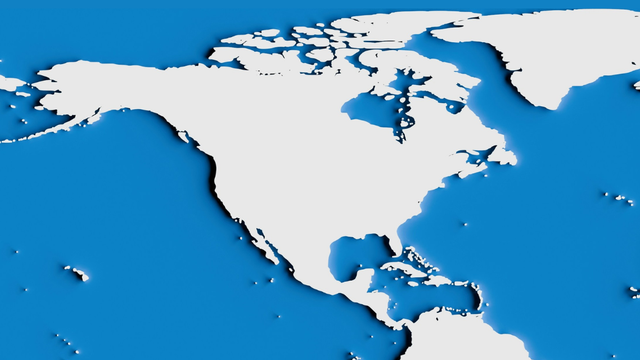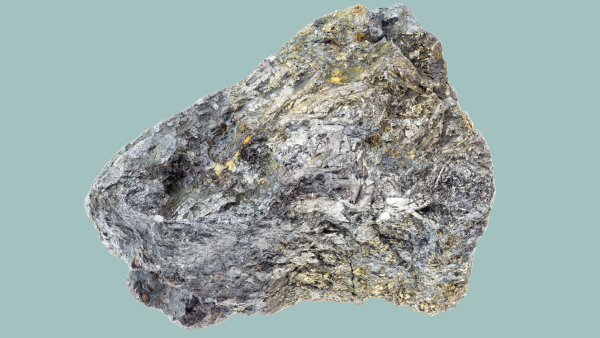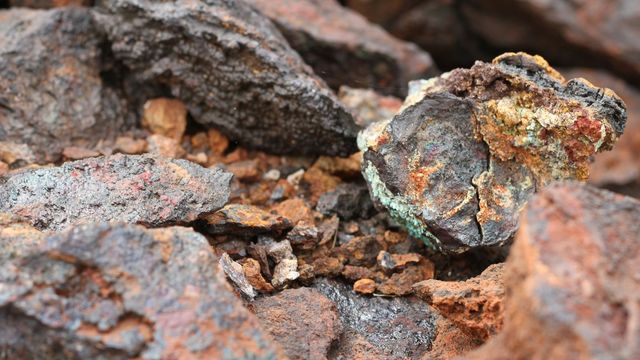Remarks by Mahnaz Khan, Vice President of Policy for Critical Supply Chains at Silverado Policy Accelerator
August 6, 2025 | Houston, Texas
The Democratic Republic of the Congo holds a central—and unique—position in the United States' evolving critical minerals strategy. Not just because of what lies beneath its soil, but because of what it represents: the possibility of a new kind of partnership, driven by U.S. investment in the DRC.
The DRC is one of only three African nations in the Minerals Security Partnership. It is also a party to two minerals-related agreements signed under the Trump Administration—the other being Ukraine. And it is a major beneficiary of the U.S.-backed Lobito Corridor, a signature infrastructure investment under the Partnership for Global Infrastructure and Investment. It is the only Central African country in the G20 Compact with Africa. That matters—because the Compact is referenced in the newly announced G7 Critical Minerals Action Plan, endorsed not only by the U.S. and our G7 allies, but also by key non-G7 partners like Australia, India, and Korea.
The DRC matters to Washington politically, but also to U.S. companies. It produces more than three-quarters of the world’s cobalt and holds major reserves of tantalum—two minerals the United States does not mine domestically, but which are essential to reindustrializing America, a goal President Trump has clearly prioritized.
We need to utilize the right policy levers to unlock what the Trump Administration called “shared prosperity” between the United States and the DRC. But for that prosperity to be real—not rhetorical—it must be earned through policy action on both sides.
The DRC government and U.S. companies came together to offer a deal to President Trump. And African leaders are increasingly looking for investor alternatives to China—partners who invest in value-added processing, not just raw extraction and shipping minerals back to their own countries for processing. U.S. companies are ready to step up and are eager to invest. But for them to succeed, they need transparency, predictable governance, and a stronger enabling environment in the DRC.
With the right policy tools on both sides, we can make that happen.
Multilateral and Regional Frameworks
Right now, we are at an inflection point. Several key frameworks are converging: the G7 Critical Minerals Action Plan and the peace deal between the DRC and Rwanda—specifically the Regional Economic Integration Framework which relates to minerals. The G7 Critical Minerals Action Plan emphasizes mobilizing investment and building economic corridors in mineral-rich countries beyond the G7 including the G20 Compact on Africa which DRC is a member of. Given the DRC’s pivotal role in global supply chains, DRC is likely to be a top priority.
The G7 Critical Minerals Plan also seeks to create a standards-based market that reflects the true cost of responsible mining—labor rights, environmental safeguards, anti-corruption, and community benefits. For the DRC, this means supporting transparency and traceability in mining so that Congolese-origin materials can meet the sourcing requirements needed for U.S. reindustrialization.
The work in the G7 runs parallel to the work the United States is advancing in the Regional Economic Integration Framework (REIF) as part of the DRC-Rwanda peace deal. Just last week, leaders from the U.S., DRC, and Rwanda met in Washington to move the REIF forward.
Like the G7 Action Plan, the REIF seeks to strengthen mineral supply chains—from mine to end user—by enhancing traceability, improving border management, and increasing transparency. It also supports value addition and industrial development within both the DRC and Rwanda, ensuring local communities benefit directly from mineral wealth.
In that way, the REIF builds on international efforts like the G7 Action Plan and the Minerals Security Partnership. These are mutually reinforcing frameworks, not competing ones, that could benefit the DRC and other African nations.
Support for Infrastructure
Mining and processing within DRC or any other African country cannot happen without infrastructure, therefore other policy levers must focus on infrastructure. In June, President Trump’s senior advisor Massad Boulos said the Administration “fully supports the Lobito Corridor” and called it a “huge project” that’s vital to the economies of the DRC, Zambia, and Angola.
Through the Partnership for Global Infrastructure and Investment, the U.S. can finance more than just mines—we can fund the electricity to power them, the processing plants to refine what’s pulled from the ground, and the railways and ports to move minerals to global markets.
With the upcoming reauthorization of the Development Finance Corporation, we may see significant new funding to support this corridor. In addition, DFC reauthorization may pave the way for fund processing facilities, invest in energy generation and transmission to power mineral zones, upgrade ports, and build an integrated mine-to-port logistics for a full value chain strategy.
Specific Agency Policy Tools
Now, let me turn to U.S. policy tools that can be used towards the DRC. These tools can also be leveraged by other African nations as well, with an eye towards what President Trump calls a “trade, not aid” model. Both nations the DRC, as well as other African countries, and US are looking for more trade. And on the U.S. side, we have the policy tools to deliver.
Feasibility Studies
When U.S. investors look at the DRC, one of the biggest challenges is lack of data of the minerals that are on the ground. Less than 20% of the DRC’s mineral-rich terrain is mapped. The U.S. Trade and Development Agency can fund feasibility studies and pilot projects in partnership with African governments. These studies provide the technical, environmental, and financial data investors need to pursue bankable projects in clean energy, advanced manufacturing, and U.S. reindustrialization. I do see signals that this work is ongoing since there was just an announcement out last week where USTDA is looking for technical experts to assess these types of mineral projects internationally.
Scientific and Lab Capacity
Many African nations, including the DRC, lack the lab infrastructure to verify what’s in their soil. As a result, they rely on foreign—often Chinese—firms for mineral assays, quality checks, and traceability, which may be questionable. That puts both governments and U.S. investors at a disadvantage. Through partnerships with the U.S. Geological Survey and Department of Energy, we can help establish or upgrade labs and train African scientists with U.S. support, so there is a better understanding on the quality of minerals that the DRC or other countries hold.
Business Matchmaking and Offtakes
Once feasibility and lab work is complete, U.S. companies need the right partners within the DRC or any other African country to invest. The U.S. Commercial Service can facilitate matchmaking between American mining, logistics, and tech firms and vetted partners in the DRC. These missions are especially important for small and mid-sized firms new to the region.
When those relationships result in U.S. offtake agreements, companies can access U.S. financing through tools like EXIM’s Supply Chain Resiliency Initiative and DFC programs that help get projects off the ground.
Good Governance Standards
Even the best investment strategy can fail without a reliable operating environment. Many firms have left the DRC in the past due to poor licensing, corruption, or legal uncertainty. But the U.S. Department of Commerce’s Commercial Law Development Program can work directly with DRC counterparts to improve licensing systems, enforce anti-bribery laws, and build trusted dispute resolution frameworks that will in turn benefit U.S. investors.
Integration of Policy Tools
In closing, our policy tools cannot operate in silos. We must align what we’re doing internationally through the G7 Critical Mineral Action Plan with what what we are regionally through the REIF, and bilaterally through targeted policy levers at specific U.S. agencies—each grounded in the realities and capacities of the DRC and our African friends.
If we match vision with execution, and strategy with partnership, we can deliver on the promise of shared prosperity through the DRC’s value beneficiation and America’s reindustrialization.



